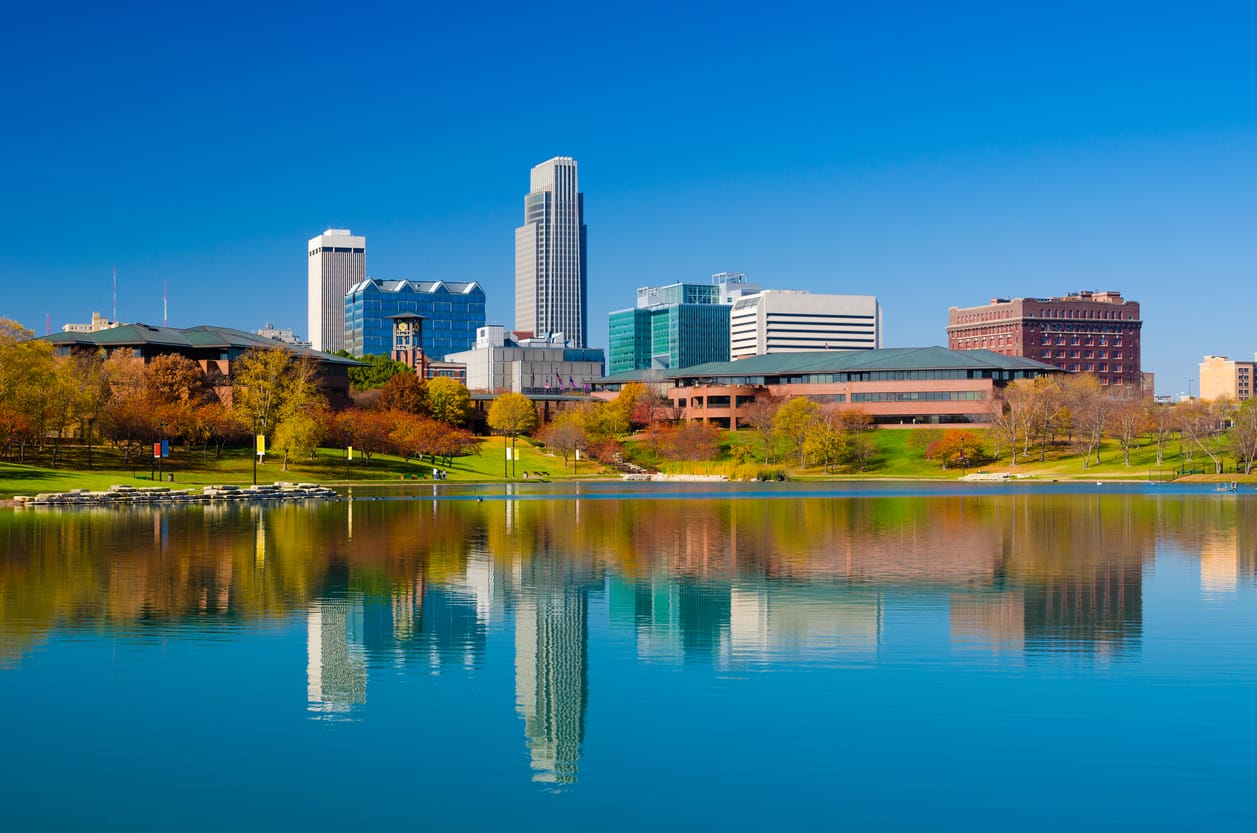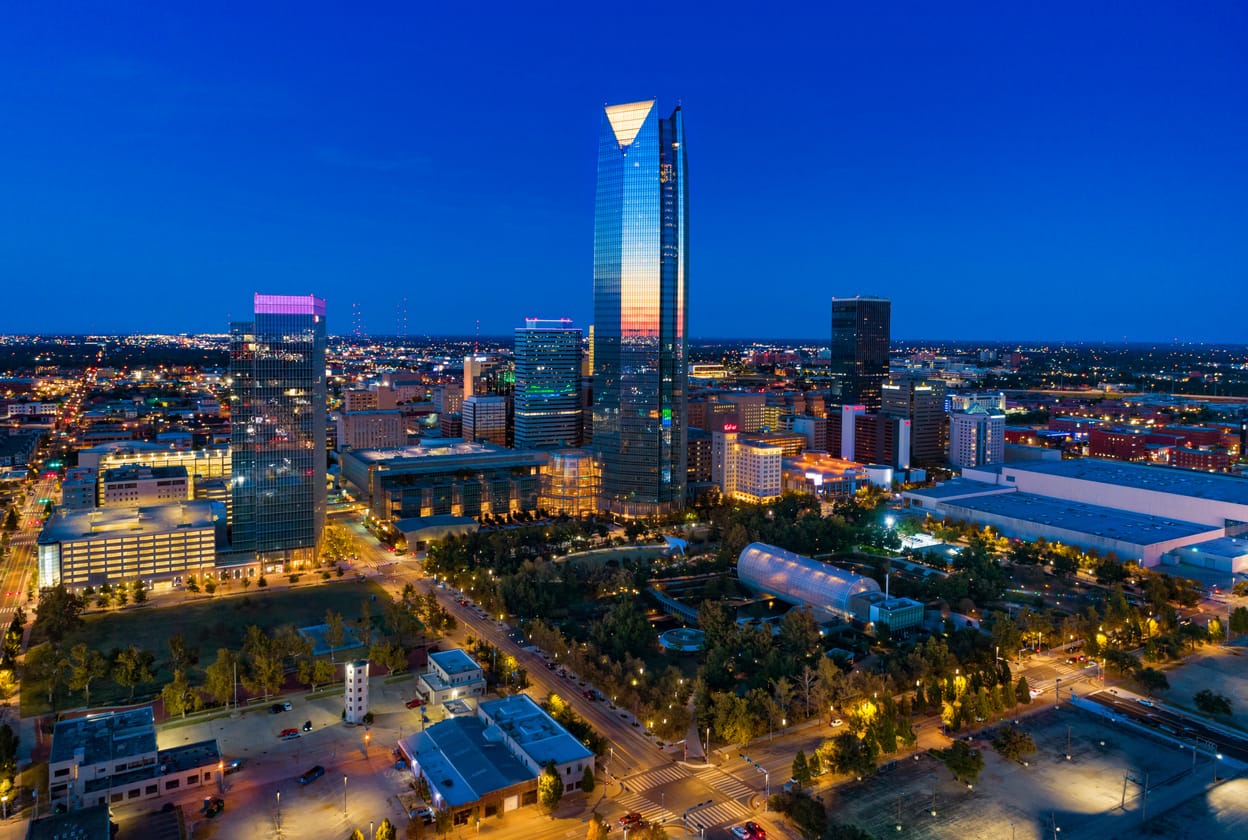Shipping from the State of Nebraska to Oklahoma
On 1st March 1867, two years after the civil war ended, Nebraska became a part of the Union, making it the 37th state in the country. The state possesses a lot of lands suitable for farming and ranching activities. Before it became a state, Nebraska had a small population that later grew during the California Gold Rush in 1848. This increase in population came with a large wave of settlers arriving as homesteaders in the 1860s. Omaha was the state’s initial territorial capital of Nebraska, but the seat later moved to Lancaster. After Abraham Lincoln’s assassination in 1865, Lancaster was renamed Lincoln in his honour.

Nebraska shares boundaries with South Dakota to the North, Colorado to the South, Wyoming to the West and Iowa and Missouri to the East. It has the appellation Nicknamed “Cornhusker State,” and its motto is “Equality Before the Law.”
Shipping to the State of Nebraska to Oklahoma
The land that today composes Oklahoma was added to the USA as part of the Louisiana Purchase of 1803. Throughout the 19th century, the U.S. government relocated Indian tribes from the southeastern United States to the area, and by 1900, over 30 Indian tribes had been transferred to what was originally called the Indian Territories. At the same time, ranchers in Texas started to relocate into the area searching for new pasture lands, as well as the government at some point opened the land to settlement, creating “land runs” in which inhabitants were enabled to go across the border at a specific hr to insurance claim homesteads.

Settlers that broke the law as well as crossed the boundary faster than enabled were called “Sooners,” which ultimately came to be the state’s nickname. Oklahoma ended up being the 46th state in 1907, complying with numerous acts that incorporated an increasing number of Indian tribal lands into the UNITED STATE area. After its inclusion in the union, Oklahoma ended up being a center for oil manufacturing, with much of the state’s early development coming from that industry. Throughout the 1930s, Oklahoma experienced droughts as well as high winds, ruining numerous ranches and developing the well-known dust bowl of the Great Clinical depression era.
